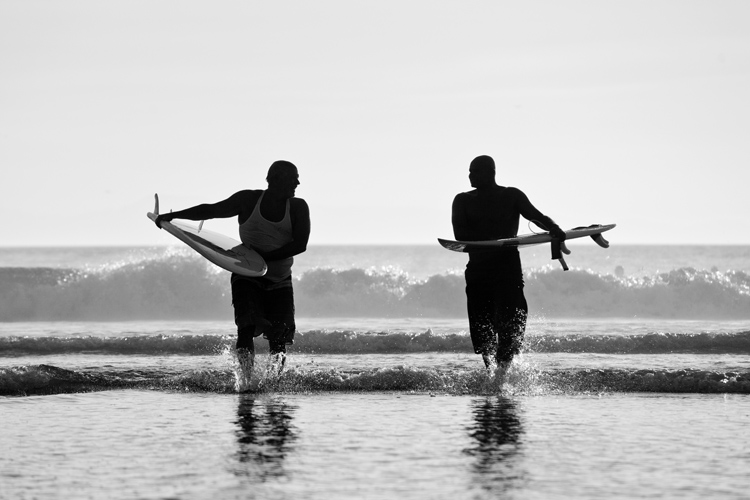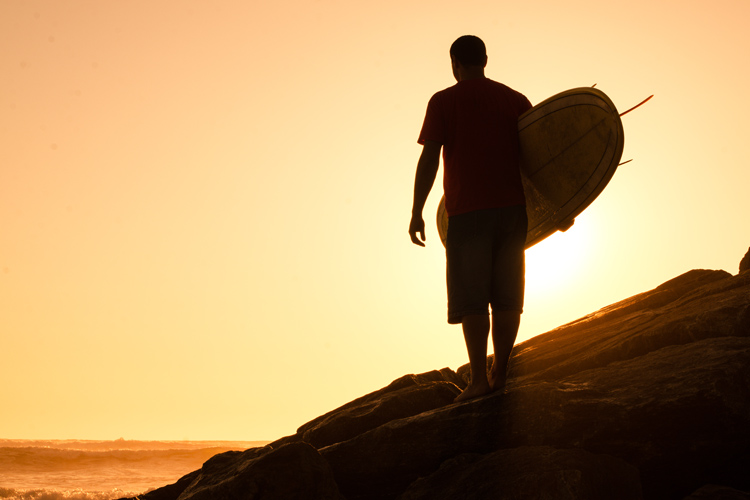A surfboard is not an ironing board or a ladder. We'll tell you how to transport a surfboard toward the water without fooling yourself.
It's not the most important thing in surfing, but if you're a first-timer or a beginner surfer, you will want to act discreetly and not behave like a complete kook.
So, getting to the beach and knowing how to carry a surfboard from the car to the shore is something you should not neglect. It's part of surfing's so-called etiquette.
For surfers, the style also matters. But getting your wave-riding vehicle to the water quickly and comfortably is also a question of practicality.
Moving a surfboard from the sand to the water can be tricky, especially if you're not a big man or woman and the board is big.
And now, you ask: But why? Is there a right and wrong way to carry a surfboard? In fact, yes, there is.
First, never drag the tail or nose of your watercraft along the beach.
Otherwise, it will hit small objects and damage itself. It happens seldom with beginners in surf lessons, and instructors don't seem to care.

Carrying a Surfboard Up and Down the Beach 101
There are four "official" and acceptable ways of carrying a surfboard up and down the beach:
- The Classic Grab: Hold the surfboard under your arm with the nose facing forward and pointing down a little, the tail facing backward, fins in toward your body, and keeping the working arm around the waxed area;
- The Finspotting Formula: Put the fins in front of you turned inwards so that you can keep them under your eye;
- The Hip Procedure: If the board is too wide for your arms, rest the inward rail on top of your hip and grab the outward rail with one hand;
- The Head Carry Technique: A method used with longboards in which you place the bottom of the surfboard on top of your head, with the fins up and the nose pointing backward, and one hand on each side for balance;

There are a few extra, less conventional, indie, but still tolerable techniques for carrying your surfboard:
- The Four-Arms Approach: If the board is too heavy for you, ask a friend to help you out - you grab the nose, and they take the tail, and you can even walk the beach carrying two boards at the same time;
- The Inverted Classic Grab: If your arms are too short for the width of your board, try to carry it under your arm with the top deck facing your torso - the only problem is that you'll get wax all over your wetsuit;
- The Last Third Grab: If the board is too big or your arms too short, try grabbing it slightly backward on the lowest third of the board, where it is narrower;
Remember to wrap your leash around the fins and avoid dragging it along the sand - you may trip over it.
